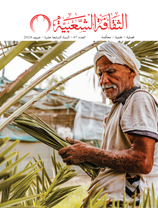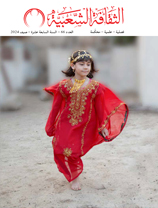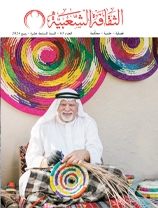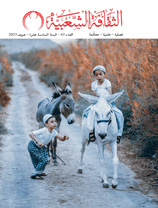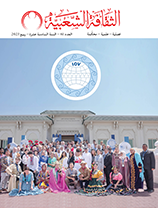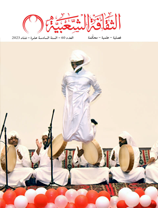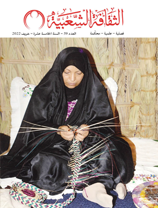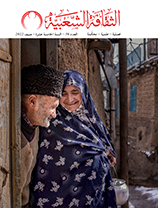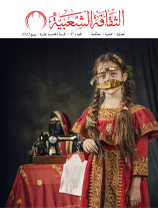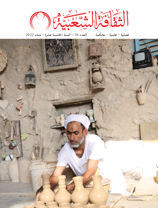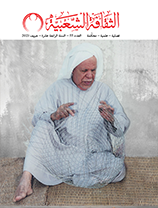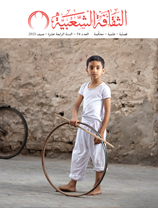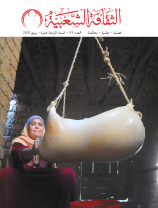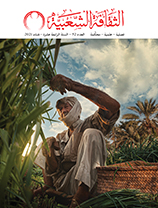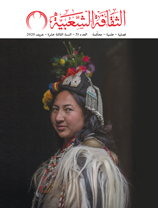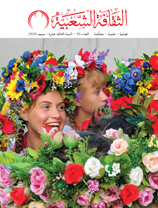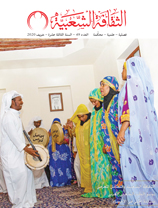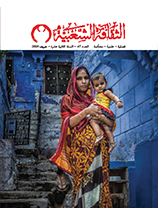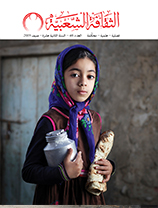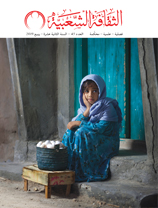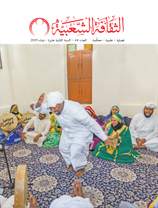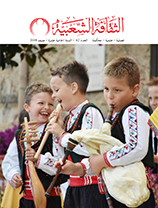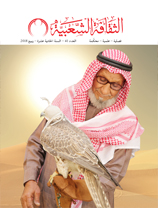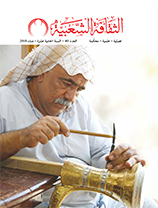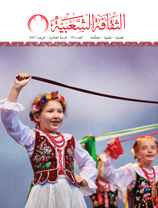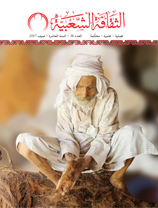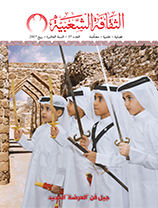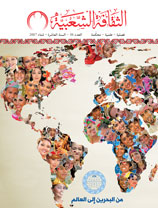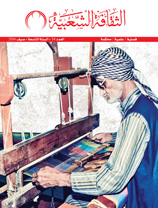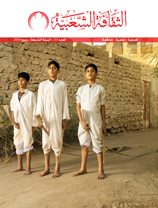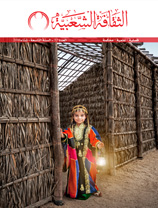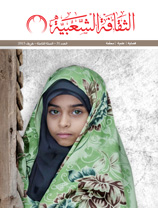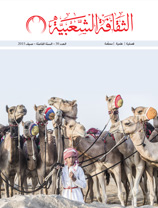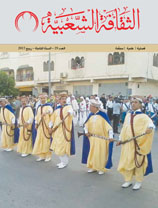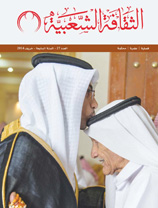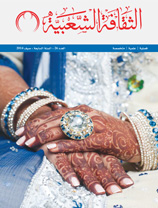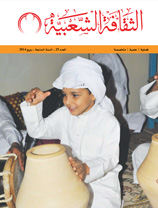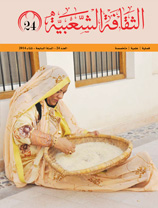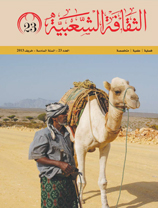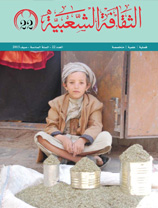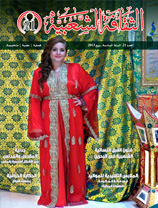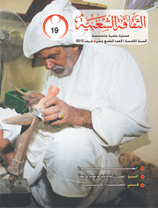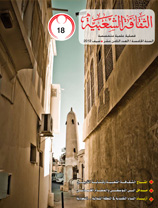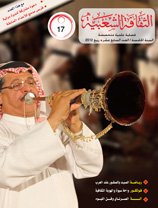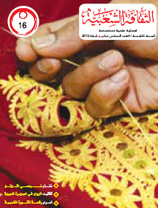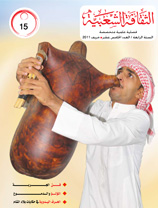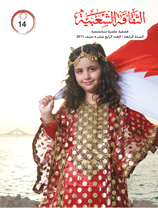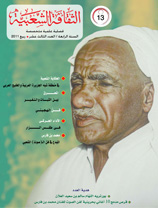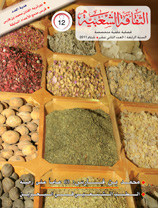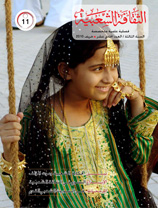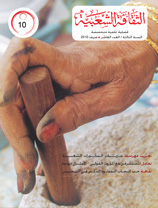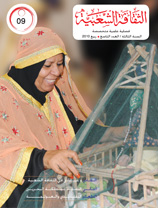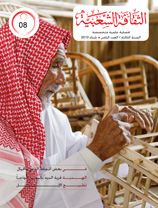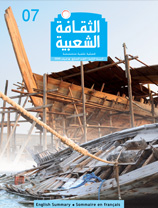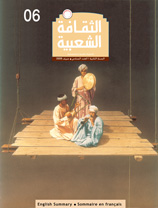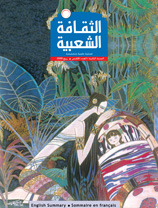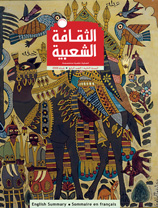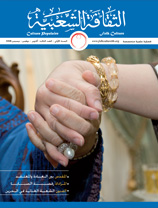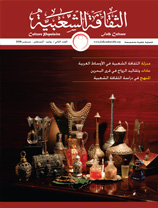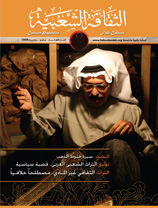Geographic Distribution of Folkdances in Egypt
Issue 18
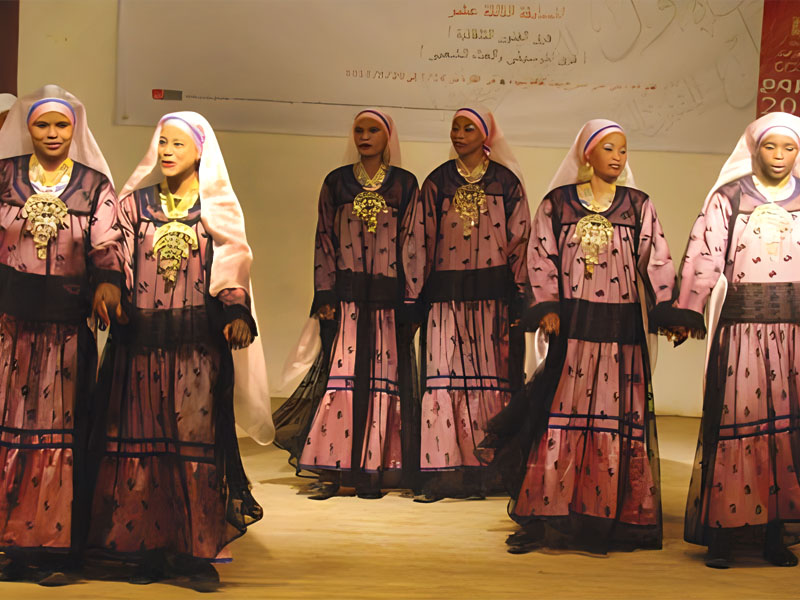
Hossam Muhasseb (Egypt) Interest in folkdance in Egypt is influenced by the general interest in other folk arts. Folk arts are currently receiving increasing attention as a result of efforts to preserve authentic folk traditions.
The study of folkdance in Egypt requires comprehensive research that includes the study of its historical and social background; the study of the folkdance’s development within the framework of other arts; the geo-demographic distribution of folkdances; the natural environment and industries and crafts; the sociological study of customs, traditions and social events; and the study of the relationship between folkdance and other arts such as music, singing, costumes, jewellery and accessories.
Said Al Khadim’s book is one of the most important books about Egyptian folkdance. Foreign scholars and others who visited Egypt have also made valuable references to Egyptian folkdance, the most significant being the book Description de I’Egypte, which was written during the French Campaign to Egypt; one volume of this twenty-three volume book focuses on Egyptian folk art, particularly dance and song.
The Center of Folk Arts sent field study teams to almost all the Egyptian governorates to study different types of folkdance in Egypt. The result of these field studies was published in Folk Arts journal.
Most studies of folkdance have not included a geographical and historical distribution of the different types of Egyptian folkdance. The writer of this paper proposes the creation of a map showing the distribution of folk dances in different areas of Egypt in an attempt to create a detailed typology of the dances.
The proposed map includes ten prominent areas in which there are over twenty-five distinct dances and ten dances common to multiple areas; this indicates the richness of the heritage of folkdance in Egypt. There are Bedouin, rural, and urban areas, and each geo-demographic area has distinct features.
Bedouin dance, known as Al Hajala, generally includes a single female dancer performing in front of a crescent-shaped group of men. The female dancer moves her hips while the men mark the rhythm by clapping and sometimes bending a knee.
Nubian dance is distinguished by the unified shoulder movements of the male and female dancers; the shoulders move up and down while the dancers take simple steps forward or backward.
The Saidi dance reflects power and includes equestrianism, fencing, and skilful use of the cane, while the dance typical to coastal areas is known for its swift movements and skilful individual performances. Ghawazi and Awalim dancing consists of belly dancing.





